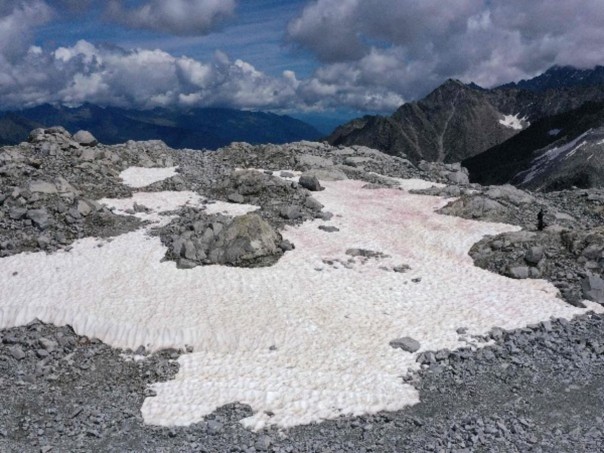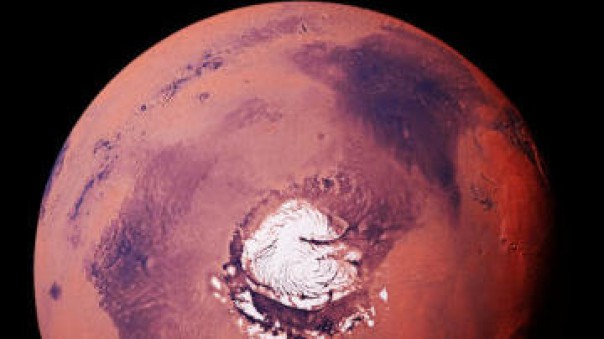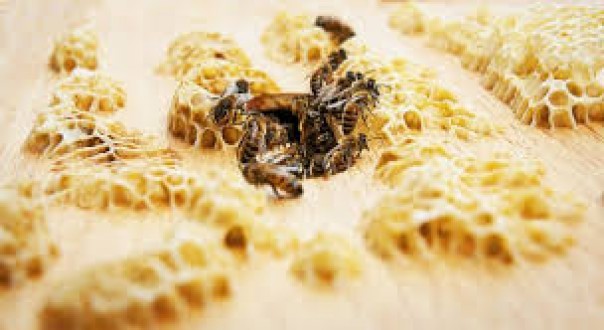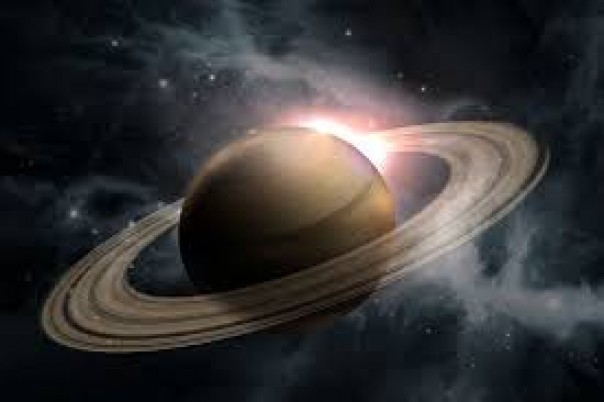Climate change is being seen all over the world, here are the terrible effects
 Pink snow in Italy
Pink snow in Italy
News24xx.com - The effect of climate change is being seen all over the world. After the white snow in Antarctica turned green, the mountains in Italy have turned pink. Scientists believe that the reason for the snow being green and pink is a type of algae, but how it reached Italy is difficult to find out. According to scientists, the color of the snow is changing due to climate change. However, the Italian government has ordered an inquiry to investigate this pink ice.
Here's that show the terrible effects of climate change:
Pink snow in Italy
After the Lonar lake in Maharashtra, the snow on the Italian Alps is turning pink. There is debate about where the algae come from, but Biagio Di Mauro of Italy's National Research Council said the pink snow observed on parts of the Presena glacier is likely caused by the same plant found in Greenland.
Read more: Early Mars Was Covered in Ice Sheets, Not Flowing Rivers
A natural phenomenon
"The alga is not dangerous, it is a natural phenomenon that occurs during the spring and summer periods in the middle latitudes but also at the Poles," said Di Mauro, who had previously studied the algae at the Morteratsch glacier in Switzerland.
Lonar lake, Maharashtra
The 56,000-year-old Lonar lake or Lonar crater sanctuary lake in Buldhana district in Maharashtra turned pink in June and sparked an interest in the forest department, scientists, and social media users. The 77.69-hectare lake area is part of the Lonar sanctuary that totals 3.66 sq km. It is the world’s largest basaltic impact crater. The reason behind the lake turning reddish-pink or pinkish-red (whatever you may like) is suspected to be algae.
Green snow in Antarctica
In May, research revealed that ice-clad sections of coastal areas of Antarctica turned green, and some other shades of orange and red. Already global warming was causing the most severe heatwave ever recorded in Antarctica, but now it's leading to some really weird ice melting behavior that's frankly unprecedented. Matt Davey, a professor at the University of Cambridge’s Department of Plant Sciences said in a conversation with Gizmodo Earther, “We identified 1,679 separate blooms of green algae on the snow surface. We focused on the green blooms as these were the most visible from space.”
Sea sparkle in the Arabian Sea
US research based on NASA images found blooms of the marine species Noctiluca Scintillans, known as ‘sea sparkle’, lining coastlines around the Arabian Sea. The unusual organism - a millimeter-sized planktonic organism with an extraordinary capacity to survive, thrive and force out diatoms, the photosynthesizing plankton that has traditionally supported the Arabian Sea food web. In May, New research published in Nature’s Scientific Reports describes how the continued loss of snow over the Himalayan-Tibetan Plateau region is fueling the expansion of this destructive algal bloom.
Baltic Sea coast Sweden
An aerial view of toxic blue-green algae blooms on the Baltic Sea coast at Tyreso near Stockholm, Sweden, on June 25, 2020.
-
 Aug 04, 2020 | 12:04 pm LT
Aug 04, 2020 | 12:04 pm LTEarly Mars Was Covered in Ice Sheets, Not Flowing ...
-
 Jul 26, 2020 | 07:20 am LT
Jul 26, 2020 | 07:20 am LTAfter the Pandemic, the Population of Bees in the ...
-
 Jul 25, 2020 | 10:50 am LT
Jul 25, 2020 | 10:50 am LTNASA points out that the origin of the rings of Sa...
-
 Jul 22, 2020 | 04:34 pm LT
Jul 22, 2020 | 04:34 pm LTThe study suggests coronavirus can spread through ...
-
 Jul 10, 2020 | 04:53 pm LT
Jul 10, 2020 | 04:53 pm LTResearch has shown that COVID-19 may also result i...
-
 Jul 08, 2020 | 04:44 pm LT
Jul 08, 2020 | 04:44 pm LTMore than a third of the world's countries are run...

-
 Aug 16, 2020 | 05:06 am LT
Aug 16, 2020 | 05:06 am LTAttack of Racism; Give Salute in the style of Nazi...
-
 Aug 09, 2020 | 11:50 am LT
Aug 09, 2020 | 11:50 am LTViral Story of an old woman in Indramayu who almos...
-
 Aug 09, 2020 | 10:55 am LT
Aug 09, 2020 | 10:55 am LTMark Zuckerberg has joined the world's most exclus...
-
 Aug 09, 2020 | 10:45 am LT
Aug 09, 2020 | 10:45 am LTRevealed! It turns out that this is the origin of ...
-
 Aug 09, 2020 | 10:42 am LT
Aug 09, 2020 | 10:42 am LTSevere! A Woman in South Tangerang is Raped After ...
-
 Aug 09, 2020 | 09:34 am LT
Aug 09, 2020 | 09:34 am LTDor! This Man's Intestine Explodes After Eating A ...




